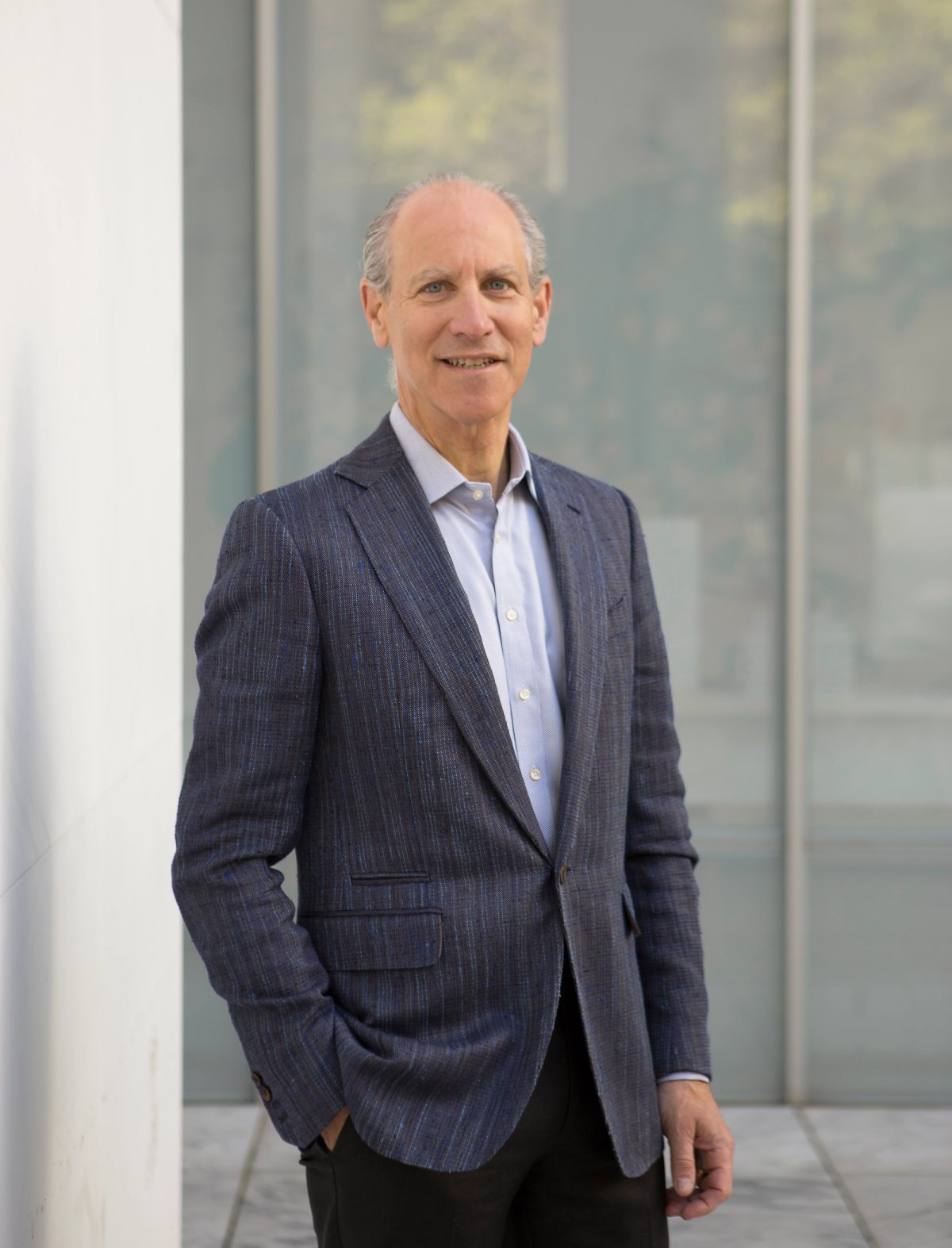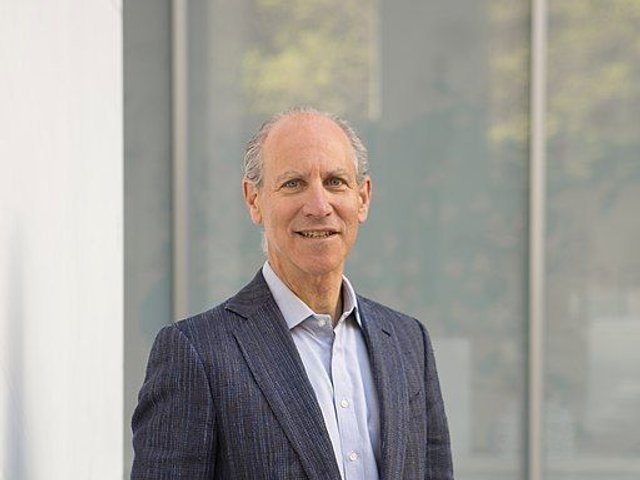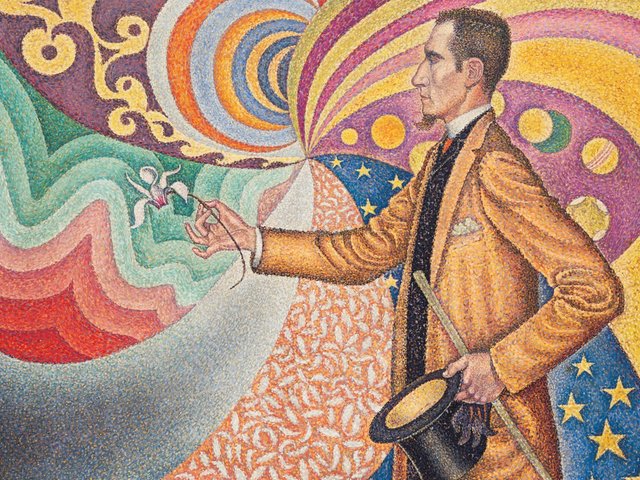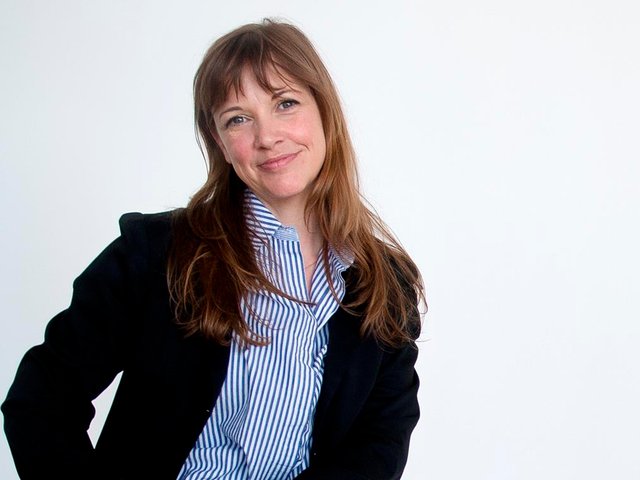The influential former director of the Museum of Modern Art in New York (MoMA), Glenn Lowry, has revealed his concerns that non-profit status US museums could lose their tax-exempt status under the Trump administration.
Speaking on The Art World: What If…?! podcast by Schwartzman&, Lowry, who stepped down last month after 30 years in post, discussed the potential withdrawal of the (501(c)3) status for museums, which makes them exempt from federal taxes under the proviso that such institutions are run for “charitable or educational purposes”.
Speaking to journalist and podcast host Charlotte Burns, Lowry says: “Well, I'm very concerned. I think that [(501(c)3) status] is the magic wand that allowed this country to develop one of the most robust cultural programmes in the world...I think we are looking at a federal government that is prepared to exert a great deal of power, or authority, in order to achieve a set of ambitions.”
His comments follow a bill passed by the US House of Representatives last November, that would allow the Treasury Secretary broad powers to revoke the status of non-profit organisations. The bill has since stalled in the Senate, but concerns remain among US museum leaders and organisations.
In 2017, in the midst of Donald Trump’s first presidency, MoMA showed works by artists from majority-Muslim nations whose citizens were affected by an immigration ban. Burns asks why, by comparison, museums including MoMA have today gone “so quiet on politics”.
Lowry points out that “every museum in this country that is a not-for-profit is federally funded through its tax exemption”. He continues: “They may not receive a direct subsidy, but they operate through a federal programme, right? So, that’s a consideration I'm sure that many make…
“We're in a time where everybody's looking at the landscape and trying to assess what's the best way to navigate through this and still deliver the programme that they believe in and are determined to deliver.”
As the leader of one of the most high-profile museums in the world, Lowry steered MoMA through multiple expansion projects, oversaw a merger with the Queens-based Kunsthalle now known as MoMA PS1, and significantly grew the institution's collection, endowment and operating budget.
Despite this, Burns points out that MoMA’s visitor numbers have shrunk from a pre-Covid high of over three million to 2.7 million in 2024, according to The Art Newspaper’s annual visitor figures survey. “I think the issue is less shrinkage and more turbulence—the combination of the pandemic, the outpouring of empathy and reaction to the murder of George Floyd [in 2020], and so many other people of colour combined with really dramatic changes in the political landscape,” says Lowry in response.
“We are in this moment where the tectonic plates of our lives are realigning…. But it's a seriously interesting moment to be directing a museum because you have to figure this out. You have to have, I think, a really positive attitude.
“You can't simply look at this and say, ‘Oh, well, next year it's going to be even worse. And the year after that, it's going to be even worse.’ Your responsibility is to look at all these problems, assess the ones that are impacting you, and then navigate your way through them.”
Lowry’s own tenure at MoMA was marked by sporadic tensions and scandals. The museum’s former board chair, the private equity billionaire Leon Black, has come under fire for his connections to the convicted sex offender Jeffrey Epstein. After Black opted not to seek re-election as board chair in 2021, he was accused of rape in multiple lawsuits, which he denies.
Black still serves as a trustee of the museum. Marie-Josée Kravis is currently the chair of the museum's board.
Asked how he navigates the impact of major political scandals on museum governance, Lowry says: “That's why you have a strong board that can talk [about] difficult, contentious, contradictory, disturbing issues through and arrive at a thoughtful and measured response. And I think our board has been extremely good at that.
“You just have to figure out, through a measured process, what the right decision is. And we have a board that is extraordinarily dedicated to this museum, and every single person that I've had the privilege of working with over 30 years has always made, as far as I'm concerned, the right decision, not for them personally, but for the museum. And I would include Leon in that conversation.”
Lowry goes on to outline his future plans, which include a lecture series this autumn at the Musée du Louvre in Paris. He also aims to establish a leadership programme for museum directors in partnership with the Art Bridges Foundation.
“I felt very strongly as I started to think about my tenure that I benefited so much from the advice and guidance I got from my mentors,” he says, referencing Philippe de Montebellos, the former director of the Metropolitan Museum of Art, Neil MacGregors, the former director of the British Museum and Nick Serotas, the former director of the Tate. “[I thought] it would be interesting to see if we could develop a programme to help other museum directors gain the knowledge and experience that was shared with me.”
Like numerous other museum professionals, Lowry is also looking to Saudi Arabia for his next role, where he is taking up a post as advisor to the Islamic Arts Biennale in Jeddah. He is also working on an exhibition at the Kiran Nadar Museum of Art in Delhi, dedicated to an artist that he has “been interested in for a very long time with a colleague, formerly here at the Museum of Modern Art”.
On his successor, Christophe Cherix, MoMA’s longtime chief curator of drawings and prints, Lowry says: “Christophe is a brilliant and gifted curator, who's fearless, and who will surprise people with the directions he moves the museum.
“And I think it's one of his great qualities that he can look at an artist we think we know —Marcel Broodthaers, Ed Ruscha, just to name two—and find something new and different in their work, that is at once surprising and compelling. My hope is that he will bring that same spirit to the way he looks at the museum.”





